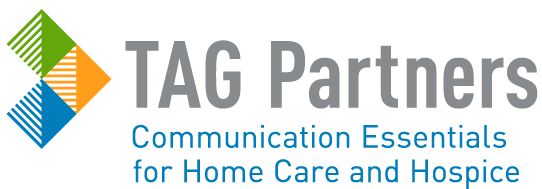Take the opportunity now to furnish your referral network with home safety information.
Home Safety Month is good time to educate seniors on the importance of eliminating environmental hazards that could interrupt their long-term independence. While heart disease & cancer may be the leading causes of adult death in the United States, falls are the number one cause of injury related deaths for adults 65 and older.
Some accidents can be avoided with a little preparation and an in-home fall prevention assessment. This is a proactive approach to help older adults age in place by having their living environment evaluated for safety and ease of use. The Home Health community is an excellent resource for providing this service. Some common factors that can increase fall risk include:
- Medical impairment
- Muscle Weakness
- Poor Vision
- Inadequate Lighting
- Improper Footwear
- Obstructed or Uneven Surfaces
Tips for safeguarding against falls:
- Remove tripping hazards like pet toys, throw rugs and cords.
- Declutter and create plenty of walking space.
- Use non-skid mats, hand rails and grab bars in the bathroom.
- Install railings on both sides of stairs and apply anti-slip treads to each step.
- Provide adequate lighting in every room and place night lights in halls and stairways.
- Make often-used items accessible without the use of a step stool or ladder.
- If necessary, use personal walking devices, such as a cane or walker, to aid in stability.
For more information on Fall Prevention visit the National Council on Aging website: https://www.ncoa.org/healthy-aging/falls-prevention/
How you can participate:
- Visit your local senior care providers and supply them with informational brochures for their patients and caregivers.
- Distribute fall prevention information to local worship communities and offer to teach a class on safeguarding against avoidable in-home accidents.
- Arrange for your Occupational Therapists to lead a discussion group at senior centers in your area. Have them emphasize the importance of maintaining muscle strength and how low impact exercise and basic daily activities can improve mobility. Be sure to have plenty of swag on hand to distribute to the attendees.
For more ideas on branded Marketing materials visit our Web Store: www.tagwebstore.com


